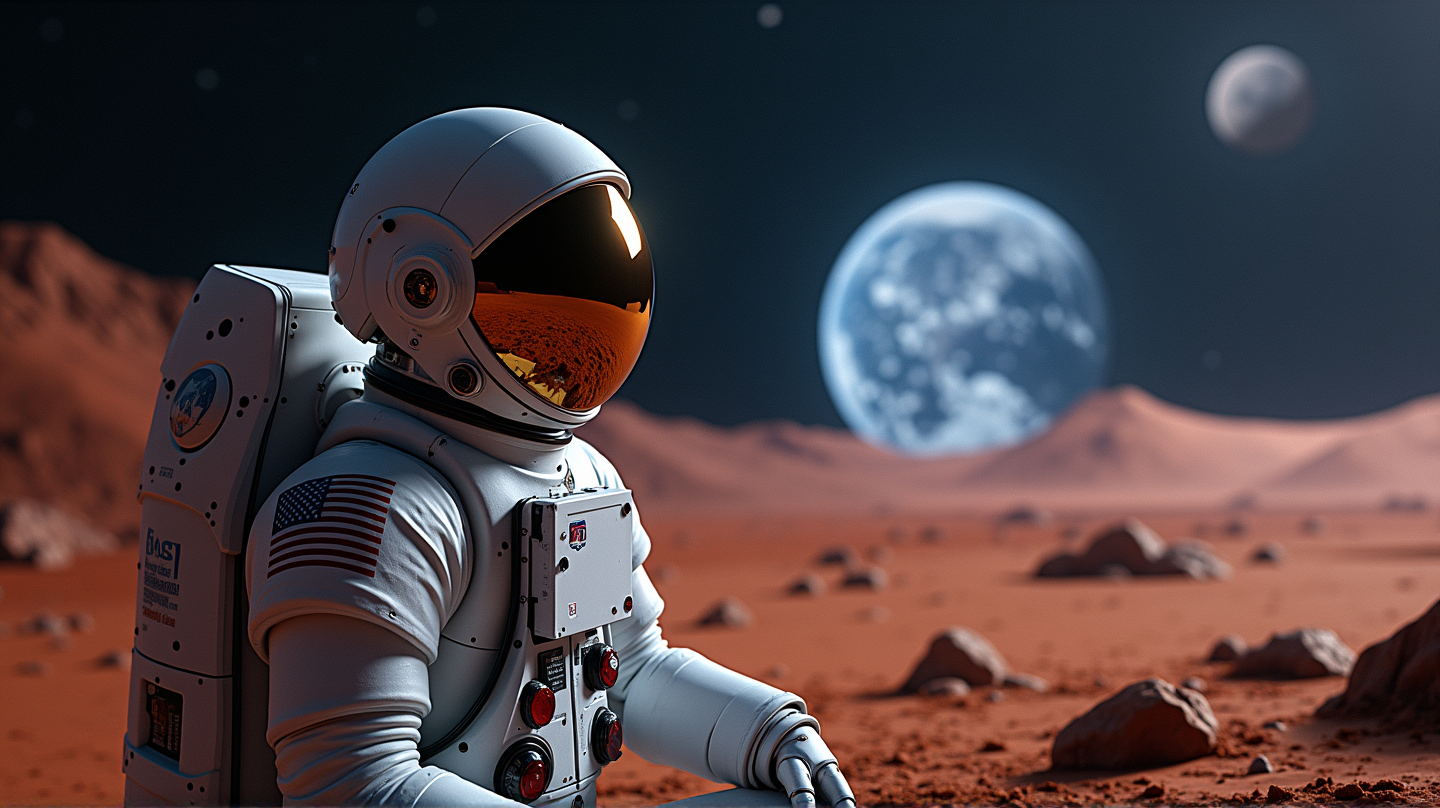How NASA and Google May Have Just Saved the Future of Space Medicine
NASA and Google's CMO-DA is set to revolutionize space medicine with autonomous healthcare solutions for missions beyond Earth's orbit.

Imagine a future where astronauts embark on long-haul missions to Mars confidently, knowing they have comprehensive, autonomous healthcare support that adapts to their unique needs. NASA and Google are turning this vision into reality with their ambitious collaboration on the Crew Medical Officer Digital Assistant (CMO-DA), a groundbreaking AI system set to transform space medicine.
Bridging a Galactic Gap
The vast domain of space presents unparalleled challenges, not the least of which is providing immediate medical care when communication with Earth lags due to the sheer distance involved. NASA and Google have risen to this challenge by developing CMO-DA, an AI-powered medical assistant that doesn’t just diagnose and treat—it anticipates and learns. Utilizing cutting-edge natural language processing and machine learning, CMO-DA is more than a tool; it’s a companion on a journey where healthcare isn’t just necessary—it’s essential. As stated in OpenTools, the potential for CMO-DA to revolutionize both space and Earth-bound healthcare is immense.
The AI Doctor on Call
This isn’t your everyday AI. CMO-DA stands as a testament to what happens when cutting-edge technology partners with human ingenuity. By simulating a broad array of medical scenarios, it is trained to tackle various health challenges astronauts might face. Its innovative core runs on Google’s Vertex AI platform, offering non-stop, real-time analysis that enables quick decisions—a crucial feature when delays could mean the difference between a mission’s success or failure.
Autonomy Beyond Earth’s Bounds
Developed to operate autonomously, the CMO-DA represents a bold frontier in self-reliant space exploration. Trained using extensive spaceflight medical literature and practical tests, it’s equipped to handle anything from minor injuries to critical conditions. Imagine astronauts diagnosing and treating symptoms signaling a space-specific ailment, all managed onboard without the need for terrestrial consultation. It’s a leap towards entirely self-sustaining space missions.
Transcending Terrestrial Borders
Though CMO-DA is designed with space missions in mind, its capabilities hold transformative potential for Earth, especially in places where healthcare access is limited. Picture rural areas with clinics equipped not with doctors, but with AI that can diagnose and recommend treatment options, bridging the gap in healthcare disparities and equality. Such technology promises not just to extend the lifespan of healthcare delivery systems, but to enhance the quality of care available to the underserved.
Redefining the Role of AI in Medicine
Experts agree: NASA and Google’s initiative isn’t merely about technology enhancing space medicine. It’s about reshaping the very fabric of healthcare worldwide. Jim Kelly from Google highlighted CMO-DA’s dual significance: its capacity to empower space programs and its unparalleled promise to revolutionize remote healthcare here on Earth, as reflected in OpenTools.
Public Perception: A Balance of Awe and Skepticism
The public response has been enthusiastic, with social media platforms ablaze with both support and curiosity for this cutting-edge technology. While many hail it as a game-changer in medical autonomy, some experts underscore the need for careful integration with human oversight, advocating for a balanced approach that values collaboration between AI and traditional medicine.
Charting the Path Forward
Looking to the future, the CMO-DA project embodies potential not just for space-bound goals but as a beacon for international collaboration in AI healthcare. As the tech world watches with bated breath, NASA and Google’s project serves as a reminder that when humanity faces monumental challenges, it’s the partnership between intelligent design and visionary courage that lights the way.

